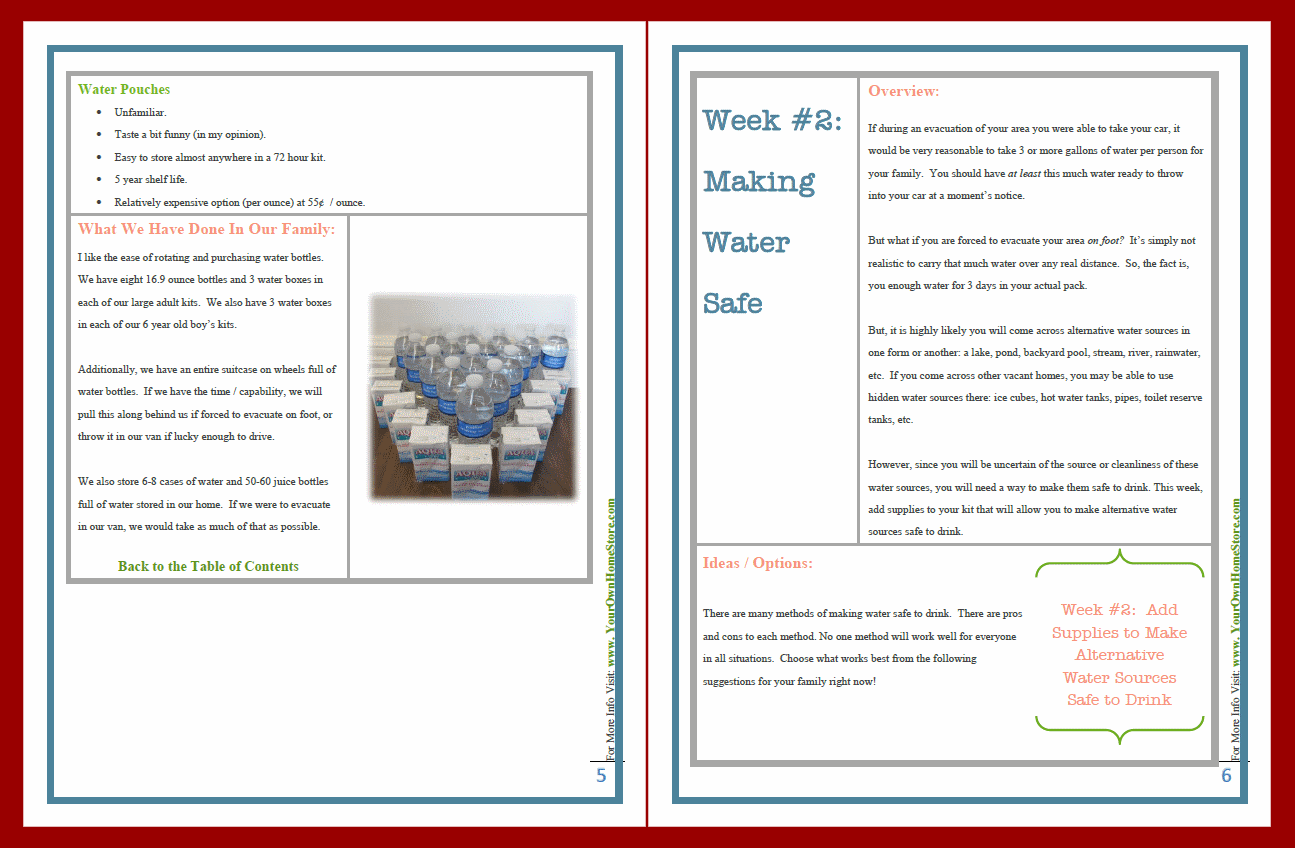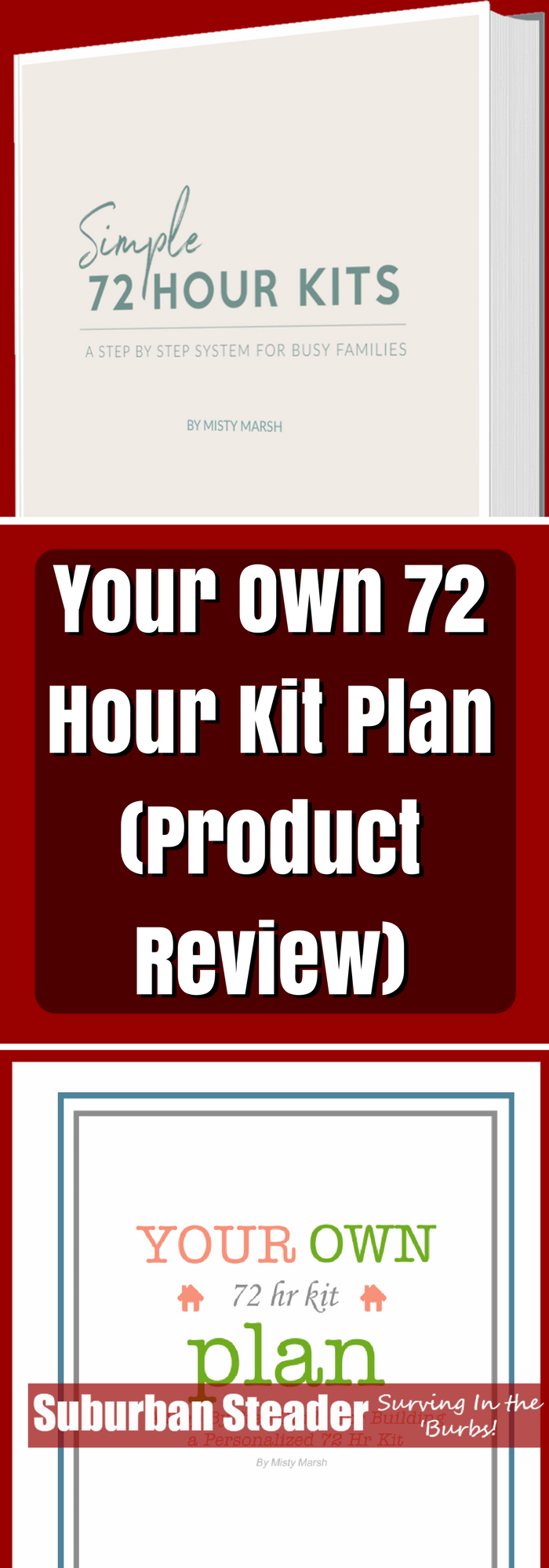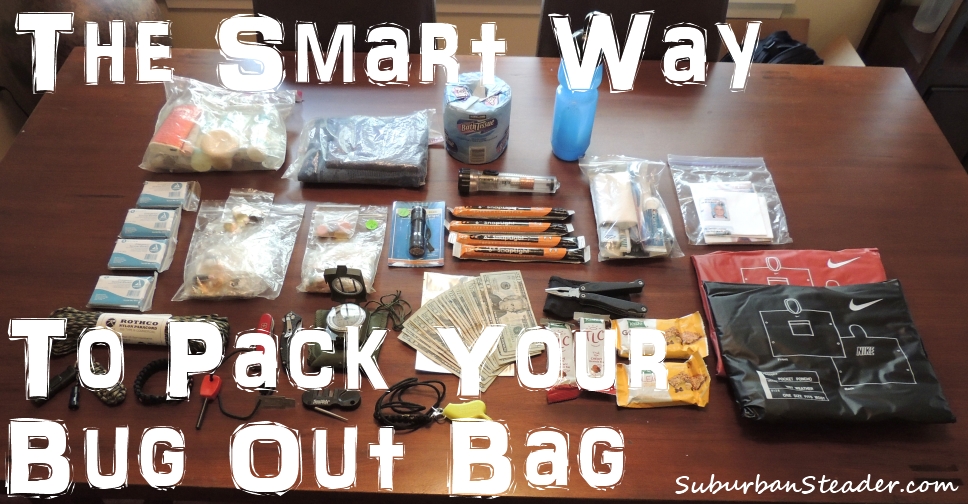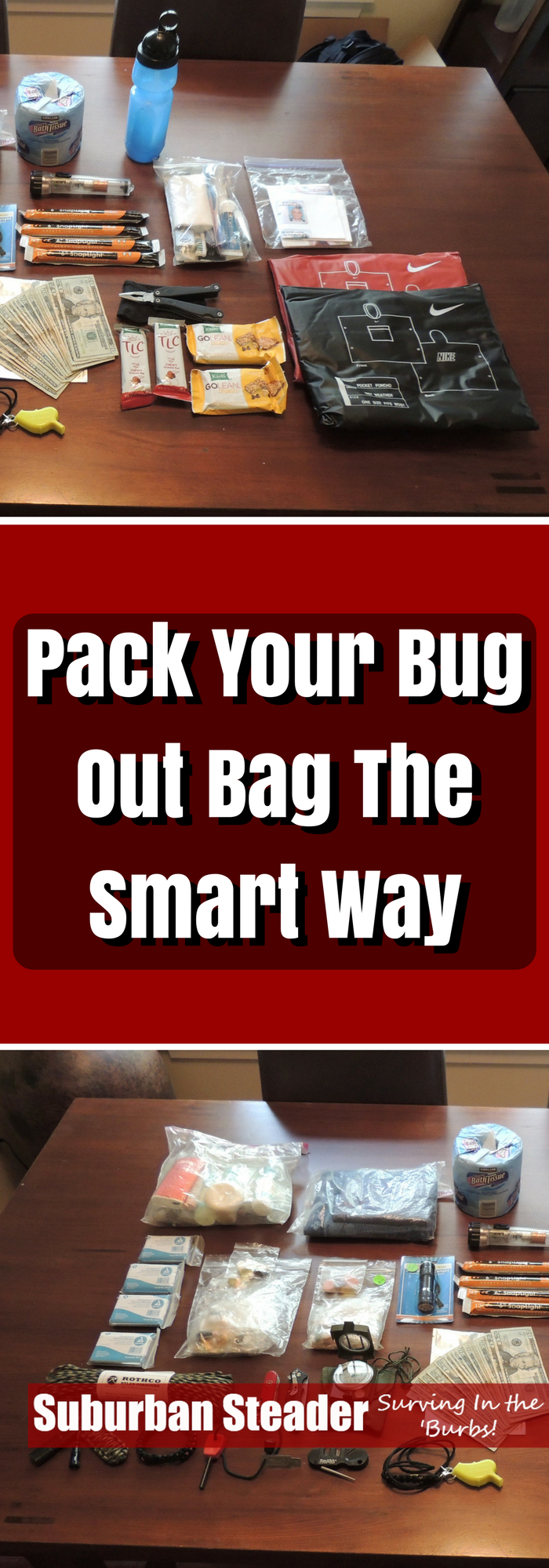Your Own 72Hr Kit Plan Ebook (Product Review)
In the past, I’ve posted articles on how to pack a bugout bag, but I’ve never fully addressed exactly what to put in a bug out bag or, as it’s also known, a 72hr kit. Fortunately, for both of us, Misty Marsh from Simple Family Preparedness has taken the time to write a “by the numbers” ebook on how to properly build a 72hr kit. Her ebook entitled “Your Own 72Hr Kit Plan” will explicitly state her expertise on the topic and give you a step-by-step guide on building your own 72hr kit.
How Is “Your Own 72Hr Kit Plan” Laid Out?
Misty understands that building a 72hr kit can be one of the most daunting tasks of becoming prepared. She also understands that families tend to be financially stretched at points and building 72hr kits can cause the financials goals of the family to be put in jeopardy. Both of those reasons led her to a twenty-six-week approach of building a kit and also financing it.
Her approach is designed on a once-a-week addition to the 72hr kit. You’ll start with water, move onto food, them clothes and shelter, first aid, light, communication, tools and then move into more specialty areas such as entertainment, pets, and items specific to babies and young kids. In the end, Misty talks about organizing and packing your 72hr kit.
The process is very methodical and builds upon itself. This approach is intelligent and simple at the same time.
What I Liked About “Your Own 72Hr Kit Plan”
Plain and simple, I loved the simplicity of Misty’s approach. Her approach is well thought out and, as a user, you can feel – and see – your kit grow over the course of weeks. Misty also provides budget solutions for all of the tips in the book. Not only that, but she provides budget levels for each option. What does “budget level” mean? Let’s take a look at Week #9 where she talks about warmth. In that section, she talks about the following solutions:
Small Budget
- DIY Firestarters
- Waterproof Matches
- Lighter
- Heat Packs
- Emergency Blanket (Emergency Thermal Sleeping Bag)
Medium Budget
- Heat Cell
- Tinder Kit
- Sparkie Fire Starter
- Fleece Sleeping Bag
Larger Budget
Not only does she offer up these budget solutions for building your 72hr kit, but she also speaks to what her family did and why.
Misty also addresses those of you who have a kit setup for everyone in your family. She suggests using this book as a test of your current system. You can review and retool your gear based on the information provided in her ebook.
 What I Didn’t Like About “Your Own 72Hr Kit Plan”
What I Didn’t Like About “Your Own 72Hr Kit Plan”
My most basic complaint about “Your Own 72Hr Kit Plan” is the same thing I like about it – the twenty-six-week approach that Misty suggests.
Wait, how can you both like and dislike something. Well, let me explain.
Misty suggests a very methodical, well thought out approach to building a 72hr kit. I fully support that with the single caveat that it means you’ll not have any kind of 72hr kit for over half a year! You’ll be at the mercy of your environment for over six months. I would suggest getting something together ASAP and then following Misty’s suggestions to rebuild and revamp your quickly thrown together 72hr kit. If (God forbid) something happened in the interim, you’ll have something you can grab-and-go with.
Overall Thoughts
Overall, I highly recommend Misty Marsh’s “Your Own 72Hr Kit Plan” ebook. It’s a fundamentally sound, financially-minded approach to developing 72hr kits for you and your family members. You can’t really beat the approach she takes and, in doing so, you’ll save money and become more prepared. That’s win-win in my book!


